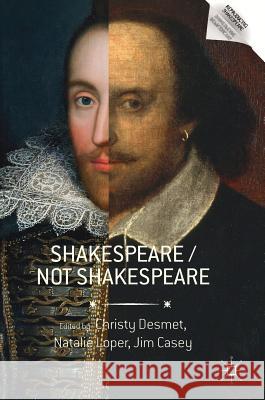Shakespeare / Not Shakespeare » książka
topmenu
Shakespeare / Not Shakespeare
ISBN-13: 9783319632995 / Angielski / Twarda / 2017 / 312 str.
Kategorie:
Kategorie BISAC:
Wydawca:
Palgrave MacMillan
Seria wydawnicza:
Język:
Angielski
ISBN-13:
9783319632995
Rok wydania:
2017
Wydanie:
2017
Numer serii:
000475556
Ilość stron:
312
Waga:
0.54 kg
Wymiary:
21.01 x 14.81 x 1.91
Oprawa:
Twarda
Wolumenów:
01
Dodatkowe informacje:
Wydanie ilustrowane











